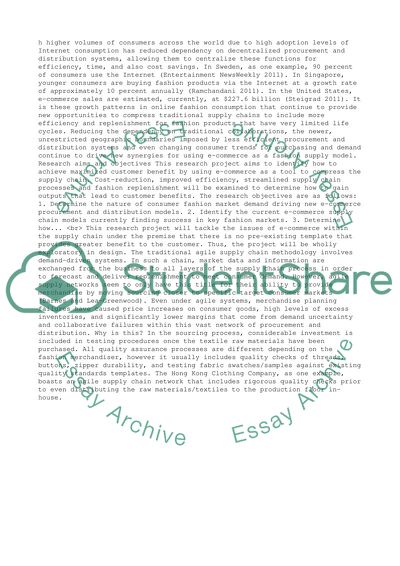Cite this document
(“Compressing the supply chain through E-commerce for the customer Dissertation”, n.d.)
Compressing the supply chain through E-commerce for the customer Dissertation. Retrieved from https://studentshare.org/management/1393033-compressing-the-supply-chain-through-e-commerce
Compressing the supply chain through E-commerce for the customer Dissertation. Retrieved from https://studentshare.org/management/1393033-compressing-the-supply-chain-through-e-commerce
(Compressing the Supply Chain through E-Commerce for the Customer Dissertation)
Compressing the Supply Chain through E-Commerce for the Customer Dissertation. https://studentshare.org/management/1393033-compressing-the-supply-chain-through-e-commerce.
Compressing the Supply Chain through E-Commerce for the Customer Dissertation. https://studentshare.org/management/1393033-compressing-the-supply-chain-through-e-commerce.
“Compressing the Supply Chain through E-Commerce for the Customer Dissertation”, n.d. https://studentshare.org/management/1393033-compressing-the-supply-chain-through-e-commerce.


